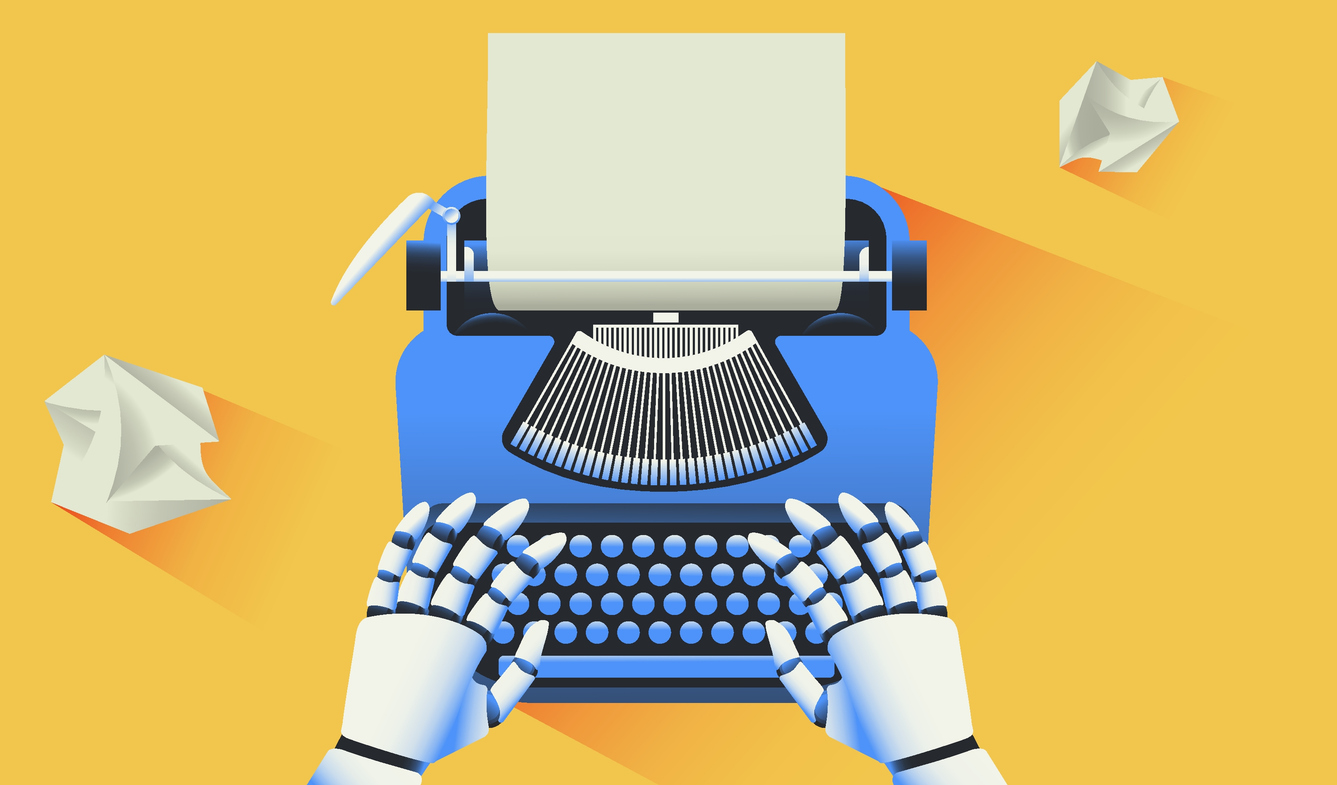PR pros must prepare for the rise of AI journalism
It’s going to create serious challenges for PR pros.

Sean O’Leary is vice president at Susan Davis International.
Everything about the site looked legitimate.
The reporter had a headshot. The article properly shared the news. But the use of one word gave away the fact it was all generated by artificial intelligence.
Earlier this year, our agency sent out a press release for a client about three new leaders joining the company. As we reviewed the news clips, a new site popped up in our results. We hadn’t heard about the site and were initially excited.
Then we read the lede. The company had not hired a “trio” of new leaders – it had hired a “trinity” of new leaders. There’s not a human reporter alive who would ever refer to three new business leaders like that.
Indeed, it wasn’t a human reporter. Everything about the article was AI-generated, including the “headshot” of the “person” who “wrote” the story.
The phenomenon of AI-generated news is not new, as evident by the Sports Illustrated scandal late last year when the once-revered outlet was reduced to publishing AI-generated articles and attempting to sneak it past an unsuspecting public.
Most would agree that journalistic best practices would indicate a proper news outlet should make the reader aware if AI was responsible for the article they’re reading. But what if the entire outlet is AI-generated?
For PR professionals, we almost always want to expand the media footprint for our clients, and more sources of coverage are good. For this particular article in question, there was nothing wrong with it, other than the bizarre use of the word trinity. It showed up in Google News. It showed up in our media monitoring. There was nothing negative.
On one hand, I should be happy as a PR professional. We got an extra article for a client that was delivered to people around the world. For a majority of the general public, they do not know they’re reading an AI-generated article.
On the other hand, there’s a helpless feeling. An AI-generated news story can be good, but what if it’s bad? What if it starts needlessly sharing incorrect or unfavorable coverage to the masses?
As we enter the AI age of news media, here are a couple of tips for PR professionals.
Educate your clients on the AI media landscape
Even the savviest communication leader can be fooled by a strong AI-generated article. The first step in approaching AI-generated news is to educate everyone involved about what’s going on. Although they may be aware of AI news articles, they may not have experienced one personally.
For most AI-generated news, there is no action item beyond education. An article in these publications does not register on the same level as a legitimate, established outlet, but the average person reading these articles may not know that. As long as the news is correct, it’s simply bonus coverage.
Review every AI-generated article
However, just because one AI-generated article was good does not mean they all will be. While it’s always best practice to review articles to ensure your client’s news is presented factually and correctly, it’s even more critical with AI articles.
One such instance happened last fall, when an AI-generated news article popped up about a client’s annual sustainability report. Unfortunately, the AI-generated article published a story on the 2022 annual report as if it were released in 2023.
This was not an easy correction, as AI reporters are notoriously hard to track down. Instead, our team had to reach out to multiple salespeople at the site until finally reaching a human being who could remove the article completely. Ultimately, we were successful and there was little to no impact of the false article – but it was a warning sign.
Stay current with AI trends
By the time you read this article, there might be a new AI trend emerging in journalism. We’re only starting to scratch the surface of generative AI, with altered photos impacting Presidential campaigns and the most famous pop star on Earth.
There will be more AI-generated news sites, more AI-generated news articles, and more AI-generated news reporters. That much, I know. The rest? I’m not sure.
AI has the potential to completely upend and disrupt the news media. For public relations, that means our industry could be upended and disrupted too.
We can’t predict the future of AI. We can be prepared.






